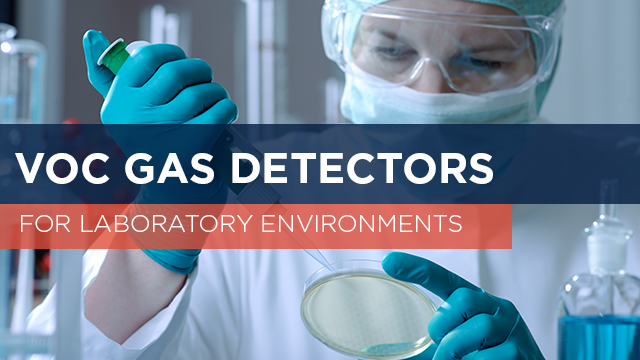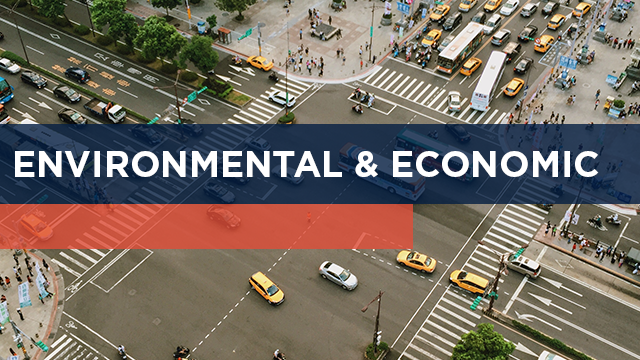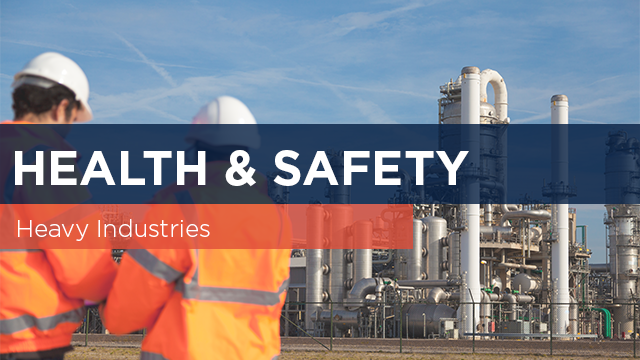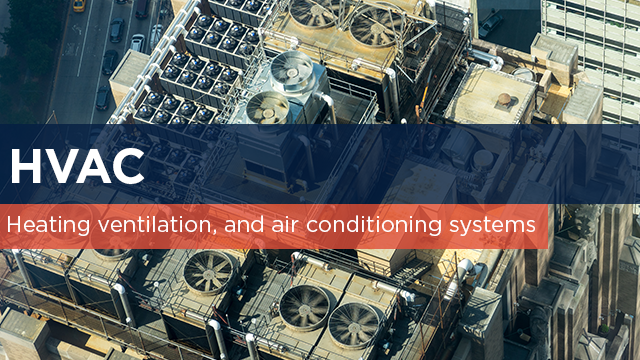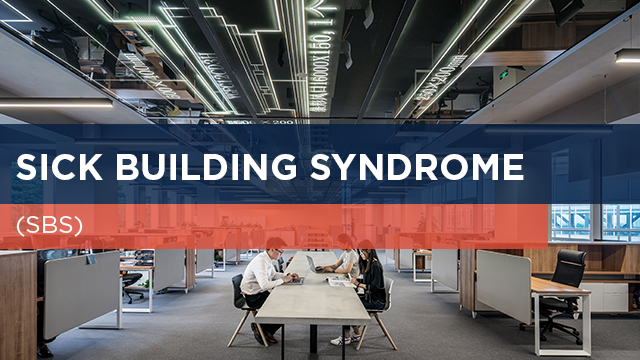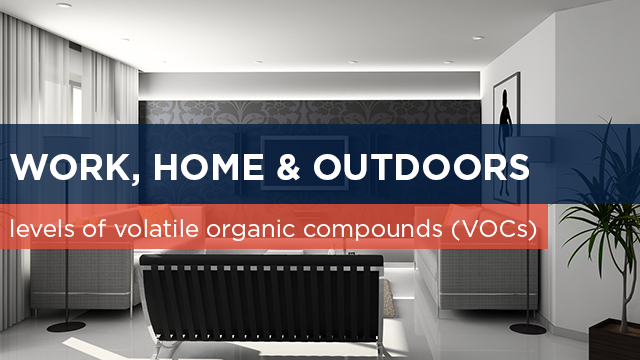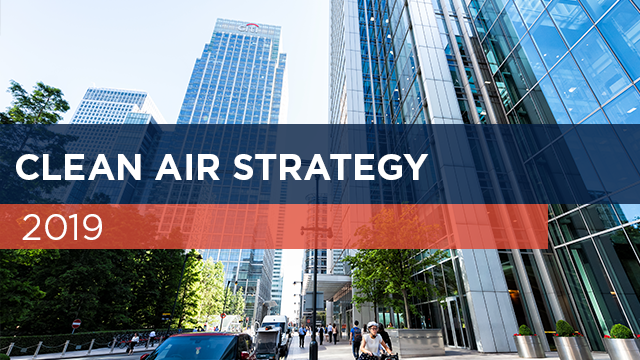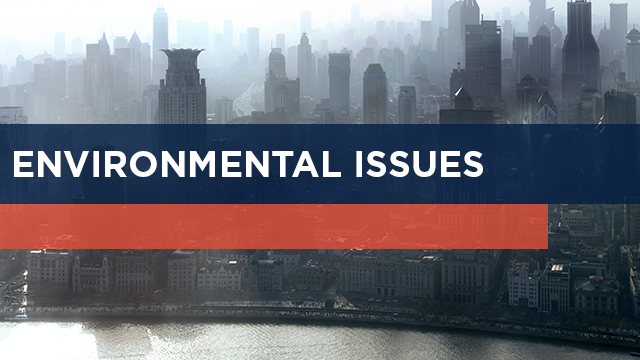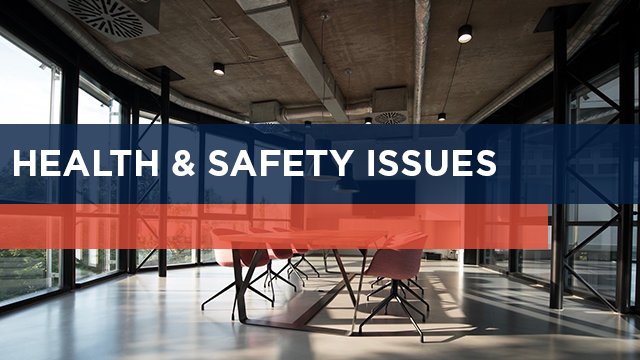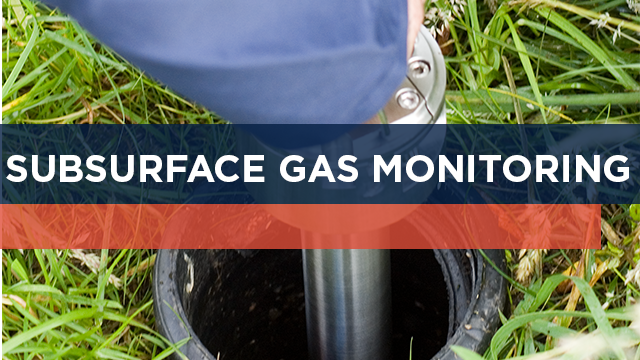Emily Lane
Recent Posts
VOC Gas Detectors for Laboratory Environments
GAS DETECTORS FOR LABORATORIES
The development of laboratory safety and cleanroom technology has enabled much higher levels of safety and cleanliness in manufacturing, pharmaceutical and scientific laboratories and including any other environment in which small particles or gases in the air can be detrimental to the process.
Volatile Organic Compounds (VOCs) and toxic gases still continue to be present within hospitals, cleanrooms and laboratories due to the type of work carried out. Those responsible for working within these environments face potential implications due to the impact hazardous VOC gases can have on both the health of workers and of equal importance on the work and tests being conducted.
Environmental & Economic
Volatile organic compounds (VOCs) are a fundamental parameter in assessing air quality.
The European Environment Agency (EEA) reported in 2018 that air pollution was the cause of almost 50,000 premature deaths in Europe per year. This finding pre-empted the head of the EEA agency stating "Air pollution is an invisible killer and we need to step up our efforts to address the causes”.
Clearly preventing premature deaths is a priority and reducing air pollution could save millions of lives. Heavy industries are a major source of VOCs and recent modification to EPA rules call for the tighter enforcement of fence line monitoring to reduce environmental emissions.
Health and Safety in Heavy Industries
Many vapours and gases found in heavy industries pose an explosion risk.
For any gas to combust it must reach its lower explosive limit (LELs). Lower explosive limits have been well established for 100s of chemicals and generally vapours from VOCs have relatively low explosion limits. For example, methane and hydrogen have LELs of 50,000 ppm and 40,000 ppm respectively whereas benzene has an LEL of only 13,000 ppm.
At high concentrations VOC are also an asphyxiation risk. Like CO2, a gas all too frequently responsible for serious effects on human health, VOC are much denser than air. Therefore, where confined spaces exist it is possible for VOCs to displace oxygen and create dangerous environments.
Heating,ventilation and air conditioning (HVAC)
Inadequate indoor ventilation is now being combatted by intelligent heating ventilation, and air conditioning systems (HVAC).
HVAC systems are now being developed and integrated in a standard way to establish a balance between adequate ventilation to prevent sickness, and also energy efficiency.
Building management systems are one solution to address the balance, whereby widely distributed sensors that, for example, monitor temperature, humidity and VOCs can be used to optimise HVAC performance but minimise energy use.
Sick Building Syndrome (SBS)
Poor air quality and ventilation are key contributing factors to Sick building syndrome (SBS), an illness diagnosed by a collection of acute symptoms whilst in a particular environment.
Possible SBS symptoms according to the NHS include:
- headaches
- blocked or runny nose
- dry itchy skin
- dry and sore eyes
- rashes
- tiredness and difficulty concentrating
Work, Home, Outdoors
Multiple inspiring innovations are being integrated globally across the built environment to address the ongoing issue of air quality. Each year in the UK, around 40,000 deaths are attributable to exposure to outdoor air pollution.
Living among busy roads and industrialised areas is creating vulnerability in the public’s health and stretching the healthcare system. In Greater Manchester outdoor air pollution is costing the regional economy close to £1bn a year, plus reducing life expectancy by six months due to the high levels of pollution in the congested city area.
As a result of modern day activities and lifestyle habits we are being exposed to higher levels of volatile organic compounds (VOCs), in our work place, in the home and equally in the outdoor environment.
Clean Air Strategy 2019
To further address the health and safety and environmental issues surrounding air pollution, in January 2019 the UK government launched a Clean Air Strategy to outline how they will tackle all sources of air pollution, making air healthier to breathe, protecting nature and boosting the economy.
The government confirms their plans for dealing with all sources of air pollution, making our air healthier to breathe, protecting nature and boosting the economy.
Environmental issues
Air pollution is now something we are all aware of and is often included alongside UV levels on weather forecasts.
VOCs are themselves directly an air pollutant but also have secondary effects. When sunlight and heat react with VOCs, sulphur dioxide and nitrogen oxides (gasses released from many industrial process and vehicles) ozone is generated and smog is formed.
Health and Safety issues
Whilst many VOCs have no adverse effects on health and the environment, some are harmful. Health effects include eye, nose and throat irritation from short term exposures (think about a whiff of super glue) and long-term exposure to very low concentrations you are not aware of (parts per billion) may cause damage to liver, kidneys, central nervous system and cancers.
As VOCs exist as a gas at room temperature the main exposure route is through normal respiration. Exposure to harmful VOCs can happen at home, outdoors or in the workplace.
Subsurface Gas Monitoring
So, what can be done to mitigate the potential drastic effects?
Whether a landowner, developer or regulator the objective is identical; namely to ensure that any existing or proposed development remains or takes place safely.

